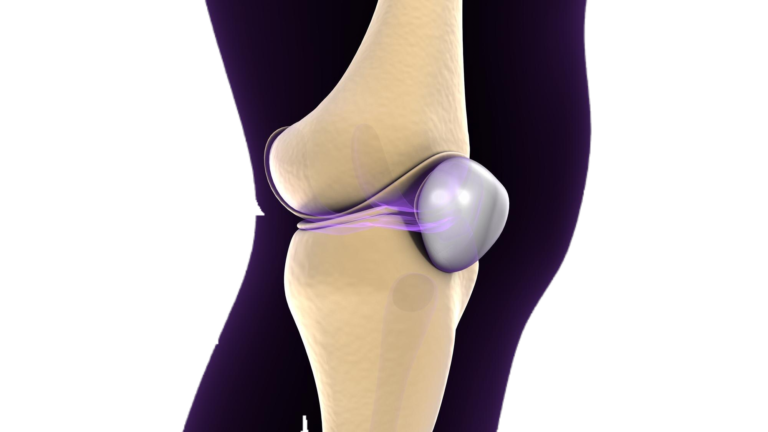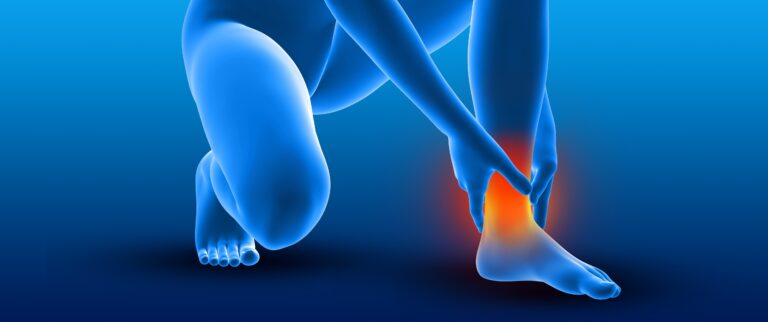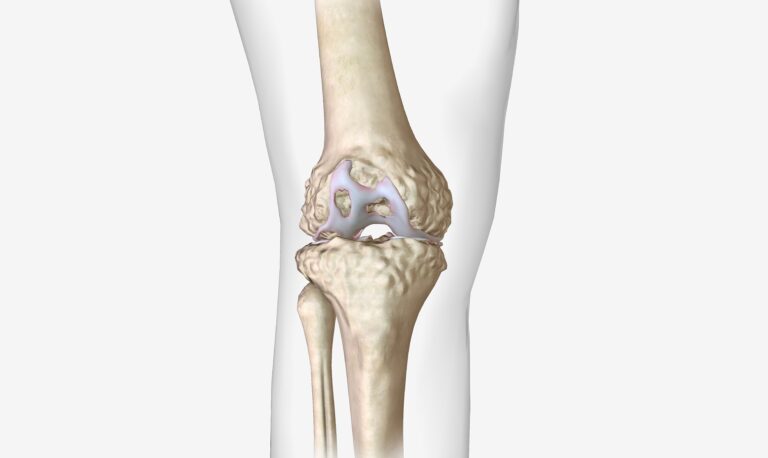
Introduction
Chronic orthopedic pain affects millions of people worldwide, often resulting from conditions such as arthritis, back pain, or past injuries. Unlike acute pain, chronic orthopedic pain persists over time, often leading to functional impairment, decreased mobility, and diminished quality of life. Modern solutions for managing chronic orthopedic pain aim to provide comprehensive, long-term relief by combining advanced medical treatments, physical therapy, and lifestyle adjustments. This guide explores the most effective and innovative approaches to managing chronic orthopedic pain.
Overview
Chronic orthopedic pain is typically associated with conditions affecting the musculoskeletal system, including bones, joints, muscles, ligaments, and tendons. Common causes include osteoarthritis, rheumatoid arthritis, tendonitis, spinal disorders, and previous injuries that haven’t healed properly. Effective management of chronic orthopedic pain involves addressing both the symptoms and the underlying causes, ensuring a holistic approach that maximizes function and minimizes discomfort.
Modern Solutions and Approaches
- Medications
- Non-Steroidal Anti-Inflammatory Drugs (NSAIDs): These are commonly used to manage inflammation and pain in conditions like arthritis.
- Acetaminophen: Often recommended for mild to moderate pain, especially in patients who cannot tolerate NSAIDs.
- Topical Treatments: Creams or patches containing analgesics (e.g., capsaicin or lidocaine) can provide localized pain relief.
- Opioids (Short-Term Use): In cases of severe pain, opioids may be prescribed for short-term use, but they come with a higher risk of dependency and side effects.
- Corticosteroids: Injections of corticosteroids can provide short-term relief from inflammation and pain in joints or around tendons.
- Physical Therapy and Rehabilitation
Physical therapy is a cornerstone of managing chronic orthopedic pain. It helps strengthen muscles, improve joint stability, and restore range of motion. Common therapies include:- Exercise Therapy: Customized exercises to improve strength, flexibility, and balance.
- Manual Therapy: Techniques like joint mobilization and soft tissue manipulation to reduce pain and enhance movement.
- Heat and Cold Therapy: Applying heat or cold can help manage inflammation, reduce muscle stiffness, and alleviate pain.
- Interventional Procedures
For patients who do not respond to conservative treatments, more invasive options may be necessary.- Corticosteroid Injections: These injections can target areas of inflammation to provide significant pain relief, often used for arthritis or tendonitis.
- Hyaluronic Acid Injections: These are commonly used in cases of osteoarthritis to lubricate joints, reducing friction and pain.
- Nerve Blocks and Radiofrequency Ablation: Techniques used to block pain signals from specific nerves, particularly for conditions like sciatica or chronic back pain.
- Platelet-Rich Plasma (PRP) Therapy: A newer treatment where platelets are extracted from the patient’s blood and injected into injured tissues to promote healing.
- Surgical Interventions
Surgery may be considered when conservative treatments fail, and pain significantly impacts quality of life. Common surgical options include:- Joint Replacement Surgery: For patients with advanced osteoarthritis or joint damage, procedures like hip or knee replacement can restore function and reduce pain.
- Arthroscopy: A minimally invasive procedure used to repair joint damage such as torn ligaments, cartilage, or tendons.
- Spinal Surgery: Surgery such as spinal fusion or disc replacement is used for patients with chronic back pain due to issues like herniated discs or spinal stenosis.
- Complementary Therapies
Alongside traditional medical treatments, complementary therapies can enhance pain management. These include:- Acupuncture: A traditional Chinese medicine technique that may help reduce pain by stimulating certain points on the body.
- Massage Therapy: Helps to alleviate muscle tension, improve circulation, and promote relaxation.
- Chiropractic Care: Focuses on spinal manipulation to restore alignment and alleviate back pain and related issues.
- Lifestyle Changes
Managing chronic orthopedic pain often requires modifications to daily habits and lifestyle.- Weight Management: Maintaining a healthy weight reduces strain on weight-bearing joints, particularly the knees, hips, and spine.
- Diet and Nutrition: Anti-inflammatory foods, such as those rich in omega-3 fatty acids, antioxidants, and vitamins, can help manage pain and inflammation.
- Ergonomics and Posture: Proper posture and ergonomic adjustments at home or work can prevent pain from worsening and aid in managing chronic conditions like back pain.
- Psychological Support
Chronic pain can lead to emotional and psychological stress, which can, in turn, exacerbate physical symptoms. Cognitive Behavioral Therapy (CBT), mindfulness practices, and stress management techniques can help individuals cope with the emotional toll of chronic pain, improving both mental and physical well-being.
Potential Risks and Complications
- Medication Side Effects: Long-term use of medications such as NSAIDs or opioids can lead to side effects like gastrointestinal problems, kidney damage, and the risk of addiction.
- Surgical Risks: Surgery carries risks of infection, complications from anesthesia, or poor recovery outcomes, particularly in older adults or those with underlying health conditions.
- Injection Risks: While injections like corticosteroids or PRP are effective, they can cause side effects such as joint infection, tissue damage, or flare-ups of pain.
Understanding the Recovery Process
Recovery from chronic orthopedic pain involves a gradual, multi-stage process that includes managing pain, restoring mobility, and preventing future injury. The length of recovery varies based on the severity of the condition, the type of treatment used, and the patient’s overall health. Most patients will need a combination of rest, physical therapy, and lifestyle adjustments to see significant improvements.
Factors Influencing Outcomes
- Age: Older individuals may experience slower recovery due to decreased tissue elasticity and healing capacity.
- Condition Severity: The extent of joint or tissue damage affects how quickly and effectively a patient can recover.
- Adherence to Treatment: Patients who follow prescribed treatments, engage in rehabilitation, and make necessary lifestyle changes tend to have better outcomes.
- Comorbidities: Other health conditions, such as diabetes or obesity, can influence recovery and pain management effectiveness.
Informed Decision-Making
Informed decision-making is critical in managing chronic orthopedic pain. Patients should discuss all available treatment options with their healthcare provider, considering factors such as the potential benefits, risks, costs, and long-term outcomes. Empowering patients with knowledge enables them to make decisions aligned with their goals and lifestyle.
Key Takeaway
Managing chronic orthopedic pain requires a multi-disciplinary approach, combining medication, physical therapy, surgical options, and lifestyle changes. Modern solutions, including interventional treatments and complementary therapies, offer significant relief for many patients. The goal is not only to reduce pain but also to restore function and improve quality of life, enabling individuals to live actively and independently.
Disclaimer
This guide is intended for informational purposes only and is not a substitute for professional medical advice. Always consult with a healthcare provider for a proper diagnosis and personalized treatment plan tailored to your specific needs.



